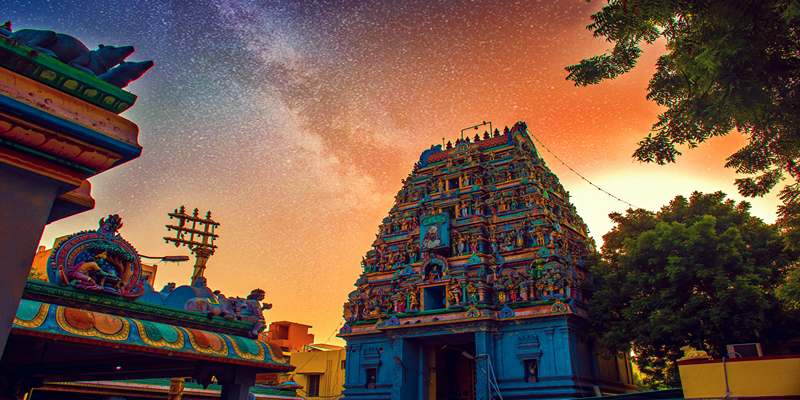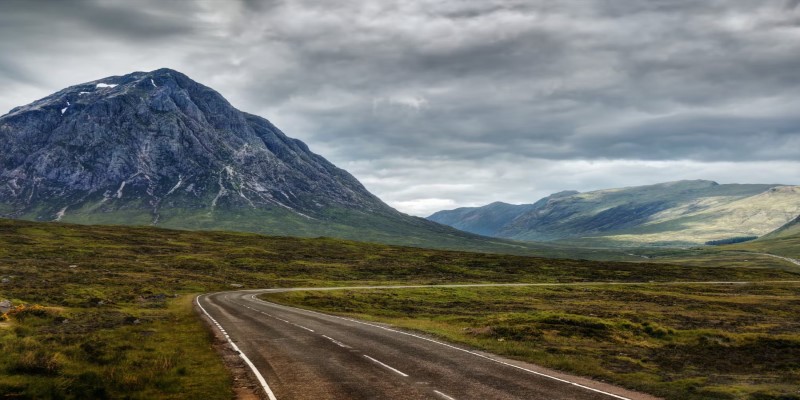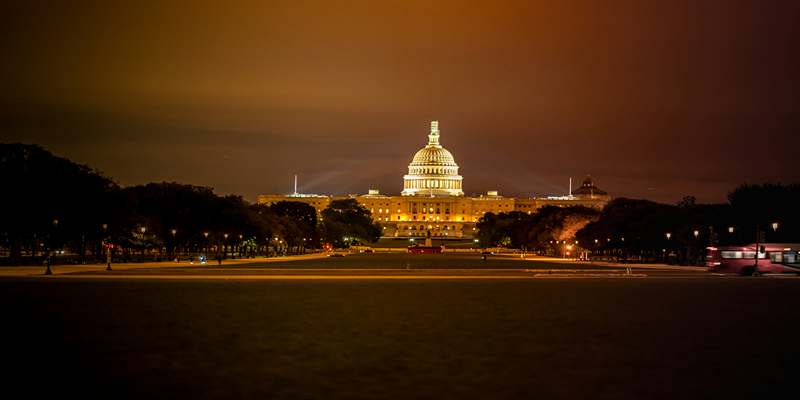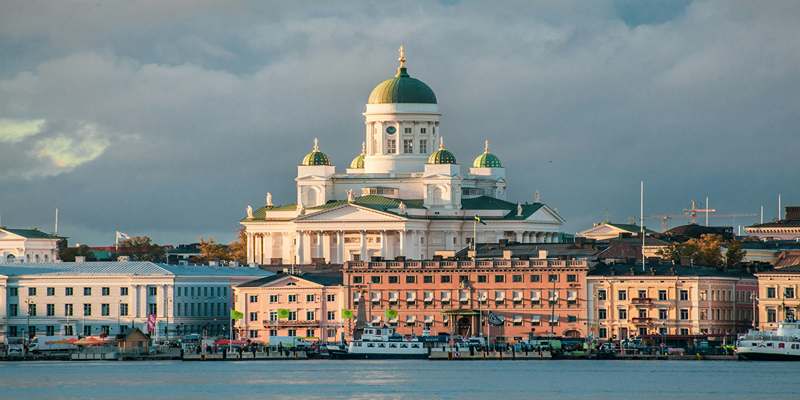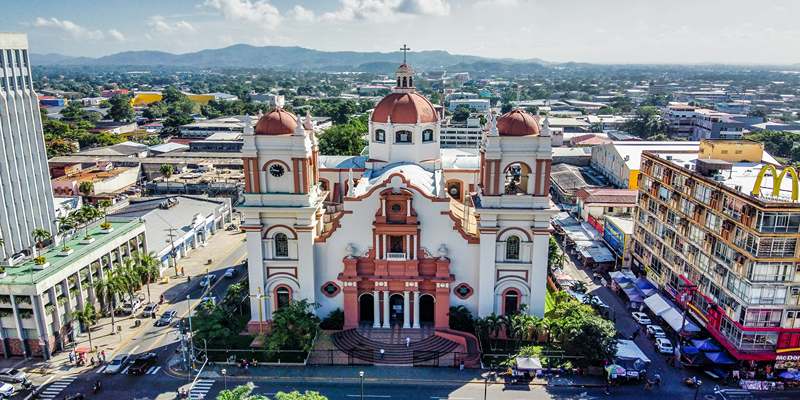Salzburg doesn't need much to impress. The baroque skyline, the backdrop of the Alps, and the echoes of Mozart are more than enough to pull you in. But once you're past the postcard views, there's another layer to the city—one that locals live every day and one that most visitors miss. These small details change how you move through Salzburg. They shape when to go, what to eat, where to sit, and how to listen. Knowing them won't make you a local, but it will help you avoid feeling like a tourist.
Simple Tips to Experience Salzburg Beyond the Tourist Trail
Start Your Day Like a Salzburger
Mornings in Salzburg aren't rushed. Most locals start their day with a visit to a neighborhood bakery or café rather than a chain. Head to Café Bazar or 220 Grad before 9 am, and you'll find a mix of regulars reading the paper or chatting quietly. Breakfast tends to be light: a Semmel (crusty white roll) with jam, perhaps soft-boiled eggs, and good strong coffee. Skip the hotel buffet if you can—this is how the city actually wakes up.
Know When the Crowds Come—And Avoid Them
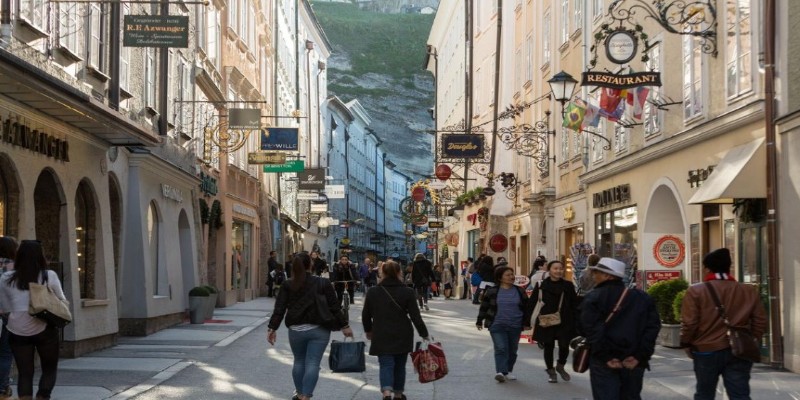
Timing is everything in Salzburg. The city sees a rush of visitors from late morning until late afternoon, especially in high season. Tour groups often sweep through from 10 am to 4 pm, especially around Mirabell Gardens and the DomQuartier. Locals know to enjoy these spots early in the morning or just before dusk. Want to stroll Getreidegasse in peace? Aim for 8 am. Want Mozart's Birthplace to yourself? Try late afternoon, just before closing time.
Ride The Bus As You Live There
Salzburg’s public buses are clean, reliable, and the way most locals get around. But many visitors skip them and end up walking long stretches or overpaying for taxis. Buy a 24-hour pass at a tobacconist or use the Salzburg Verkehr app for live schedules. Buses are especially useful for getting to Hellbrunn Palace, Leopoldskron, or the Untersberg cable car. Just remember: board from the front, greet the driver with a nod or "Grüß Gott," and validate your ticket.
Get To Know the Side Streets
Tourists stay on the main paths, but Salzburg is filled with narrow side streets and passages—called “Durchhäuser"—that locals use to avoid crowds. These passageways often cut through buildings or courtyards, leading to quiet inner squares or hidden cafés. Look for them near the Getreidegasse, Linzer Gasse, and Steingasse. Not only do they give you shortcuts, but they also give you a sense of how the city breathes beyond the guidebook routes.
Eat Local And Eat at the Right Times
Dining in Salzburg follows a rhythm. Lunch is the main meal and is usually served from noon to 2 pm. Dinner service often starts around 6 pm. Walk into a restaurant at 3:30 looking for a hot meal, and you'll likely be met with a shrug. Locals know this and plan around it. For a proper Austrian lunch, try Gasthaus Zwettler’s or Wilder Mann—both are tucked away just enough to keep the tourist load light. Look for dishes like schnitzel, tafelspitz, or seasonal knödel. And yes, ask for tap water; it’s fresh from the Alps.
Sunday Silence Is Real
Sundays in Salzburg aren’t for errands. Most shops close, including grocery stores and pharmacies. The city slows down. Locals use the day for long walks, lazy lunches, or church. Tourists often get caught out by the closures. Suppose you need anything for Sunday, shop on Saturday. For a local Sunday feel, join the walkers on Kapuzinerberg or settle into Café Tomaselli with a newspaper and an espresso.
Respect Space, Quietly
Austrians value quiet. Even in the middle of the old town, the mood is usually hushed. Speaking loudly, especially on public transport or inside churches, marks you as an outsider right away. Locals keep their voices low, even in conversation. The same goes for walking: stay to the right, keep the pace steady, and don't block pathways. In many places, being polite means being unobtrusive.
Water Fountains Are For Drinking
Throughout Salzburg, especially in the old town, you'll find small stone fountains with flowing water. These aren’t just decoration. Locals use them to refill bottles because the water is safe, cold, and comes straight from alpine springs. Visitors often ignore them or assume they’re off-limits, but they’re very much part of local life—especially on warm summer days.
Use The Salzburg Card, But Wisely

The Salzburg Card offers free entry to many sights and unlimited public transport. It’s a good deal, but locals know when it makes sense and when it doesn’t. If you plan to see three or more paid sights in a single day—like Hohensalzburg Fortress, Hellbrunn, and the Museum of Modern Art—it’s worth it. But if you’re only here for two days and prefer walking and open-air spots, you might spend less without it. It’s not a must for every visitor, even though it’s often advertised that way.
The Real Concerts Aren’t Always the Big Ones
Mozart concerts are everywhere in Salzburg, but not all of them are for locals. The best music is often found in churches, small halls, or even local school concerts. Look at posters on walls or local listings for events at the Mozarteum or in Andräkirche. These are the performances residents actually attend—less show, more substance. And they’re often free or donation-based.
Be Weather-Aware
The weather in Salzburg can flip quickly. One moment, you're walking under blue skies; the next, it's raining hard. Locals don't trust the forecast too much—they dress in layers and carry small umbrellas or rain jackets in their bags. This is especially true if you're heading up to the fortress or into the mountains. The air changes fast, and being unprepared usually means a wet walk home.
Conclusion
Knowing what locals know doesn’t just help you avoid crowds—it changes how you see Salzburg. You’ll eat at the right times, move with the flow of the city, and discover quiet places most miss. These small habits shape daily life here. Pay attention to them, and Salzburg becomes more than a destination—it starts to feel familiar.

